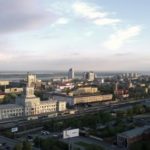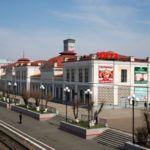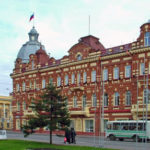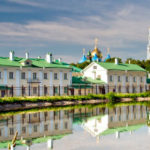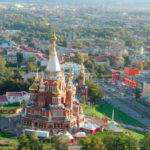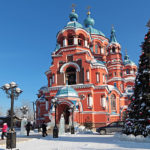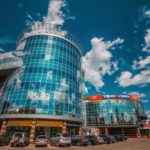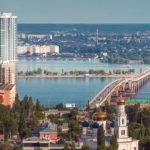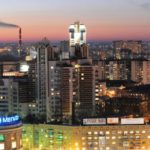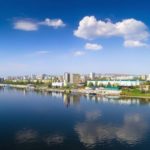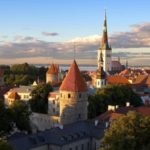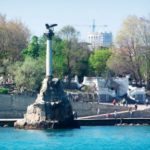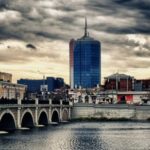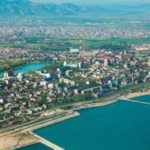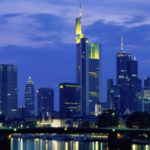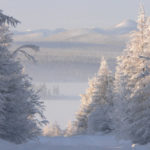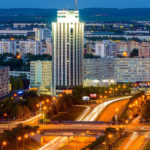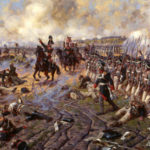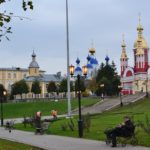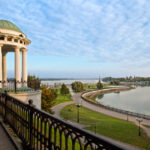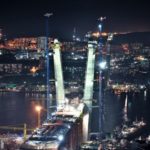17 interesting facts about the Kurgan
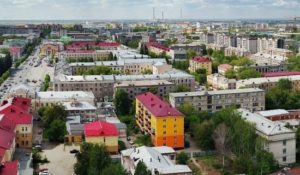 The city of Kurgan, in the Urals, is of great importance not only for its region, but also for the whole country. There are many research institutes and defense enterprises supplying the Russian army with equipment. Being one of the largest Siberian cities, Kurgan also has a rather harsh continental climate.
The city of Kurgan, in the Urals, is of great importance not only for its region, but also for the whole country. There are many research institutes and defense enterprises supplying the Russian army with equipment. Being one of the largest Siberian cities, Kurgan also has a rather harsh continental climate.
Throughout its history, it was plundered countless times and burned by nomads, but each time it was rebuilt.
In 1927, the Kurgan was almost renamed Krasinsk, but in the end it was decided to preserve the historical name.
The Russian settlement here existed from the middle of the 16th century, but the city itself was founded only in 1679.
Geographically, the city of Kurgan lies practically in the heart of Eurasia.
The border with Kazakhstan can be reached from here in a few hours.
Seasonal temperature fluctuations in the Kurgan are quite pronounced. Once there was recorded frost at 47.9 degrees, and heat at +40.5.
A huge contribution to the development of the Kurgan was made by the fact that at the end of the 19th century the Trans-Siberian Railway was laid through it.
During World War II, 22 important enterprises were evacuated here.
The modern Kurgan coat of arms with the flag was approved only in 1998.
Since the beginning of the XXI century, the population in Kurgan has tended to decrease.
Locals love to read. About twenty magazines and fifty newspapers are regularly published here.
In the city of Kurgan there are 127 objects of cultural heritage protected by the state.
Kurgan region is one of the ten regions of the Russian Federation with the most intense criminogenic situation.
In 2014, one of the stars in the constellation Leo was given the name “Kurgan City”.
Barrow has twin cities in Italy and the USA.
Kurgan street is in 24 cities of Russia.
In the Kurgan region is about 16% of all reserves of uranium ores in Russia.
